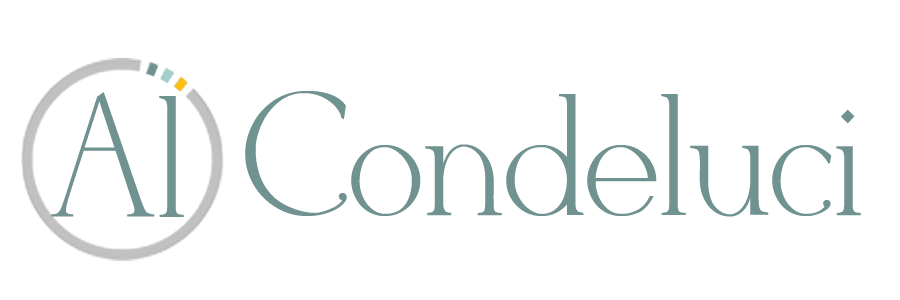Do You Live in an Age/Disability Friendly Community?
/Along with my work with CLASS (www.classcommunity.org) and the Interdependence Network (www.buildingsocialcapital.org), I currently serve as board president for SWPPA (Southwestern PA Partnership on Aging, www.swppa.org). SWPPA is the preeminent advocacy organization in western PA on aging issues, and recently we received a generous grant from the Hillman Foundation to promote an Age/Disability Friendly Community (AFC) initiative in our community.
AFC was launched a number of years ago by the World Health Organization (WHO) to encourage cities, communities, and municipalities to promote the macro tenants necessary to an inclusive and welcoming community. In their efforts the WHO identified 8 domains that are critical to inclusion and hospitality. These 8 domains include: 1) Community Space, 2). Health Services, 3). Communication and Information, 4). Civic Participation, 5). Housing, 6). Social Participation, Respect, and Inclusion, 7). Outdoor Spaces and Building, 8). Transportation. The WHO contends that if a community scores high in benchmarks related to these 8 domains, it can be approved as an AFC.
A number of major cities around the world have embraced the AFC initiative and have received designation from the World Health Organization, including cities such as NYC, Sydney, Seattle, Portland, Atlanta, London and others. Our goal is to get Pittsburgh on this list.
And so what about your city or community. Do you think it would fair well in the 8 domain areas for elders and individuals with disabilities who live there? More, what might you think about doing to help your community be more Age/Disability friendly?
It is important to remember, that the next 20 years will see the greatest growth of elders in the United States. As many of these "baby boomers" age, they will also experience disabilities. It is imperative that our communities get ready, and become more age/disability friendly. And, at some point this will be relevant to you!
